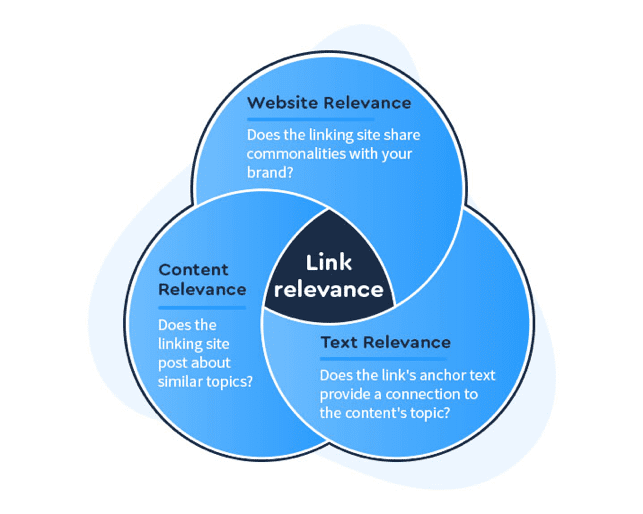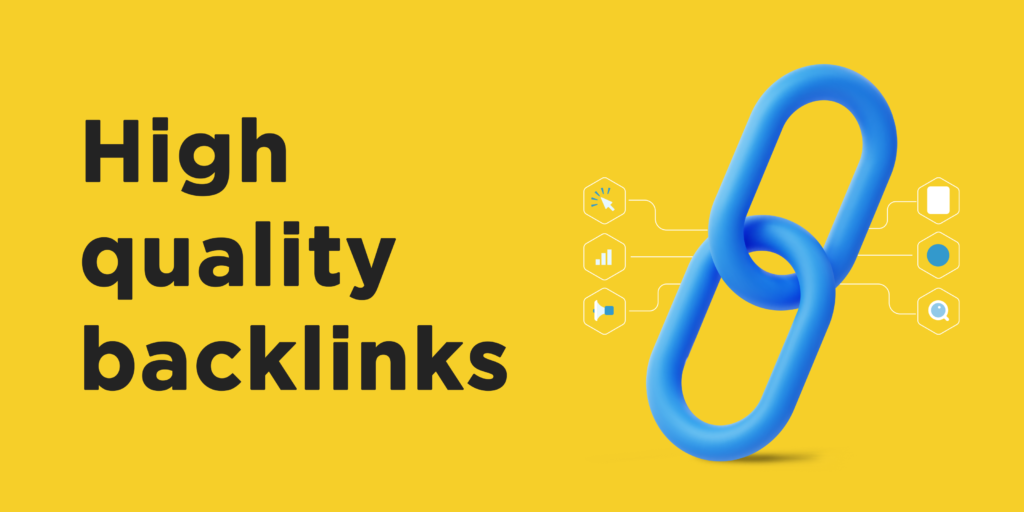There are lots of websites on the internet, but only a limited number of websites are able to gain organic traffic through search engine. What is it that turns some sites into a magnet for traffic, while the others remain unnoticed? The answer often lies in SEO – Search Engine Optimisation strategies. Sustainable and valuable for brands and businesses linking their success to online growth, organic traffic is the kind of web traffic that’s most envied (though it doesn’t fall into glory).
Digisensy helps brands build great traffic-driving websites powered by tried SEO tactics. In this article, we will discuss how SEO strategies fuel this effort, after which we will dive deep into ten actionable tactics to grow your organic reach.
How do SEO strategies help boost organic traffic?
Before learning specific techniques, the first thing we need to know is that advanced SEO strategies give a monstrous boost to the organic traffic of a site. Primarily, they increase visibility. Well-optimized websites that rank highly in search engine results have the advantage of greater visibility; thus, the more visible and user-friendly your site is, the greater the chances of it being visited. Most users will never scroll beyond the first page of search results, so ranking high must be prioritized.
Secondly, SEO helps to bring in qualified traffic; unlike paid ads, organic traffic consists of people actively searching for something. These visitors enter the site having very clear intent, and with good SEO practices, you will ensure that your content meets their content needs.
Furthermore, SEO helps create an air of trustworthiness and credibility. A site that ranks high on Google is reliable and authoritative. Users are more likely to trust sites that show up in the top spots with the clarity, helpfulness, and value of their content.
Finally, while paid campaigns would stop delivering traffic as soon as the money ran out, SEO supports long-term growth with the earnings being generated by organic traffic continuing to come in as long as anything is being done to keep these. This is an investment with returns adding up and compounding over time. With these advantages in mind, explore the 10 SEO strategies that will help you truly unleash the potential of organic search.
10 best strategies to boost your SEO organic traffic:
Smart Keyword Research
It is the cornerstone of every good SEO strategy. Without the keyword, the content does not fly. Smart keyword research means being precise about what your ideal customers are searching for on search engines and using those keywords strategically throughout the content itself.
- Start with intent: Buying, learning, or solving problems are all reasons why someone searches, and you must align content to intent.
- Use tools: These are just a smattering of some free and paid tools for finding such keywords: Google Keyword Planner, SEMrush, Ahrefs, and Ubersuggest.
- Seek Gaps: Scour moderately high-volume but lower-competition long-tail keywords (such as “best budget marketing tools for startups”).
This is how your content is not only good but also findable.
Optimise Your On-Page SEO
Now that you’ve got it right in terms of keyword selection, the next thing you’ll do is to strategically place those keywords throughout your website. Everything that can be done and controlled within one’s own website forms part of the on-page SEO. Here are effective optimization methods:
- Title tag: After the title, put your main keyword as close to the start as possible.
- Meta description: Make your copy compelling but without overtly promising anything.
- Headings (H1, H2, H3): Make your content easy to read for both users and search engines.
- Image optimization: Ensure that you mark your images with descriptive alt text and compress their sizes for reduced load times.
- Clean URLs: Avoid messy links that are best kept short, relevant, and keyword-rich.
All these little things add up to really big results in a search ranking.
Produce content that is valuable and human-centric
Google’s algorithm has grown into a much smarter beast and rewards content that is actually useful for users. So, write first for humans (then later for search engines).
- Answer the real questions your audience wants answers to.
- Use plain language without using jargon.
- Break content into easy-to-consume chunks: headings, bullet points, images, etc.
- Use examples and visuals as well as original insights that would keep the reader engaged.
Great content keeps people reading longer and gets people to share and return to the pages-overall signals that are good for the search engines.
Create E-E-A-T (Experience, Expertise, Authoritativeness, Trustworthiness)
Google would check the authority and trustworthiness of your content and come up with an E-E-A-T for it.
- Experience: Share real-life experience or case studies
- Expertise: Credentials, bios, or insights from professionals in the field
- Authoritativeness: Mention and Link with other reputable sites
- Trustworthiness: Secure website protocols (HTTPS), present reviews, and keep it updated.
Show Google and your audience that you know what you’re talking about and that your site is a reliable source of knowledge.
Make Your Website Lightning Fast
Page speed has become one of the most significant ranking factors and, at the same time, one of the easiest to ignore. More than 3 seconds for the loading time of your site means that you have lost many users.
- Image compression with no quality losses.
- Cache and content delivery network (CDN).
- Remove unnecessary or prohibitively slow scripts or plugins.
- Fast server response through dependable hosting.
Use Google PageSpeed Insights or GTmetrix to evaluate and enhance performance.
Optimise for Mobile Types
With mobile-first indexing, Google checks your mobile site because this is what it regards as the primary version. Poor experience on mobile at this time has serious ramifications for ranking.
- Use responsive design so that your site adapts to the size of the viewing screen.
- Simple navigation that can be touch-capable.
- Make sure you have font sizes and spacing that are readable.
- CTAs easy to find and click.
And because that is becoming the most common way in which people browse now, it is unavoidable regarding SEO success.
Earn Quality Backlinks
Think of backlinking as the votes from other websites. Backlinks have quality, which signifies that the more quality links you have pointing to your content, the more trustworthy Google will regard your site.
- Write guest posts in commonly read blogs within your niche.
- Create linkable assets like infographics, an ebook, and original research.
- Reach out to bloggers, journalists, or influencers for mentions.
- List your business in high-authority directories.
Don’t buy cheap links; even one Google penalty can undo months (or even years) of effort.
Target Featured Snippets
Featured snippets occupy that mythical “position zero” right above all other listings. Standing out in this location means fabulous visibility.
- Use evident question and answer formats in your content.
- Structure your posts; they should be readable, following either bullet points or numbered steps.
- Include a salient FAQ section at the bottom of the blog.
- Answer as many related questions as you possibly can for increased chances.
The chances of making it to a featured snippet are higher for pages that have been structured well; thus, make sure your content reads as easily for both your users and search engines alike.
Strengthening Your Internal Linking Game
Internal linking is one of the most SEO tools, yet one of the strongest. It serves many purposes, like
- Direct visitors to more of your content
- Distribute page authority issued across your site
- Improve the crawling ability of search engines to index more pages
For example, if you have a post about SEO basics, make sure to link it to the guide on
keyword research. Use descriptive and natural-sounding anchor text that expresses your intention clearly.
Keep your Content Fresh by Conducting Periodic Audits
Old and out-of-date content on your site can hurt your rankings, even if it was once a star performer. Periodic audits should be conducted to keep your site healthy and relevant.
Updating out-of-date statistics or links
- Improving the appearance or structure/keywords of a low-performing page
- Deleting duplicate or irrelevant pieces of content
- Adding new insights or images to already existing articles
Doing this may increase rankings and provide your users with the most accurate and relevant information.
Conclusion
SEO is not a checklist to tick off and forget, but a journey of perpetuity, growing with time and with every positive effort made on it. With the regular application of the following 10 methods, you can manage to make your website an asset that will stand the test of time and deliver organic traffic and business prospects.
Digisensy specializes in creating smart and ethical SEO strategies that are tailored to meet your brand’s goals. Whether you are a newbie or an intermediate looking to advance, we will help you grow rightly-sustainably and successfully. Let’s make your website work harder for you. Ready to grow your organic traffic? Connect with Digisensy today.












